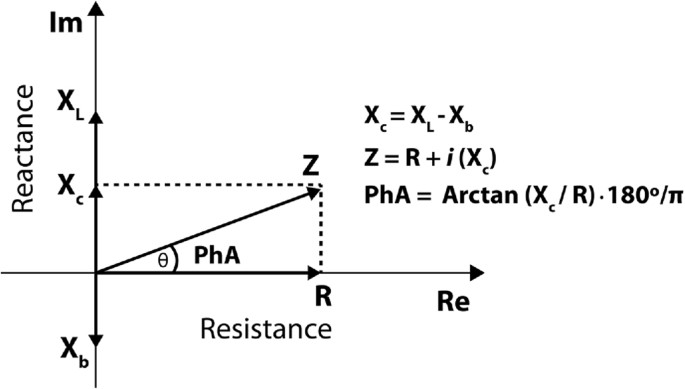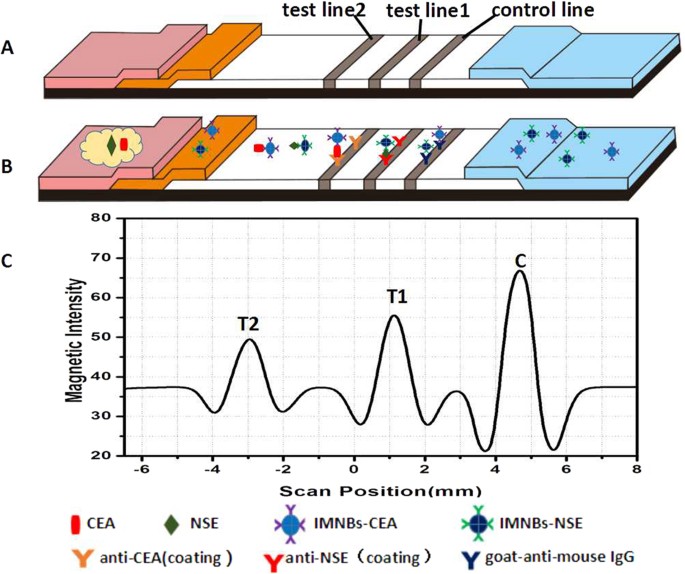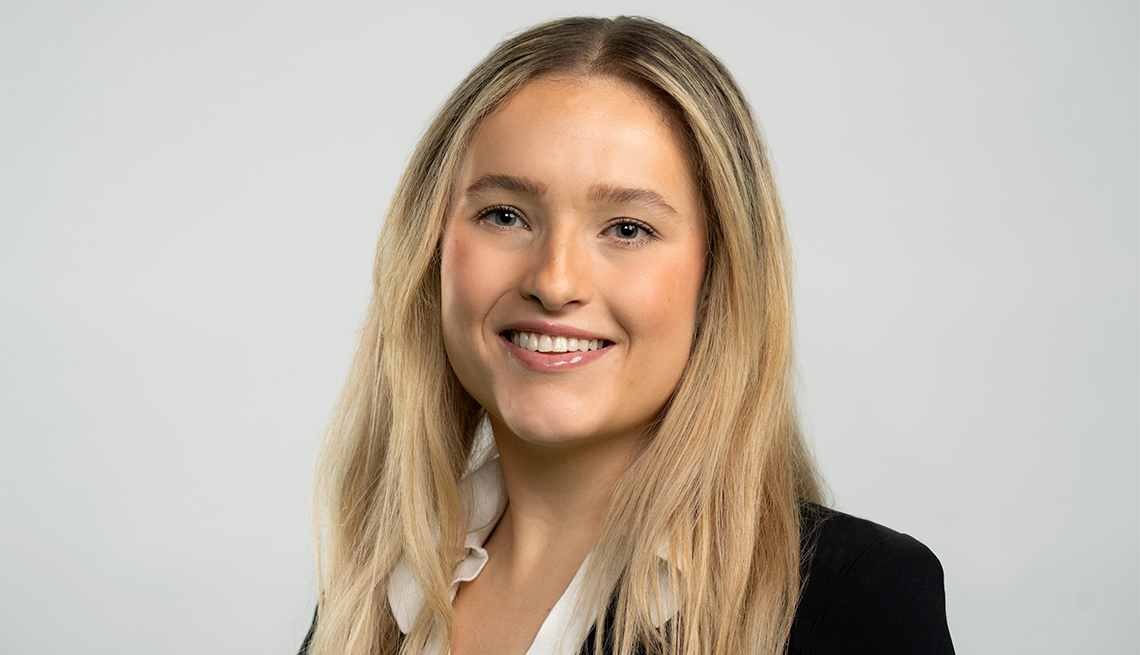
- Select a language for the TTS:
- UK English Female
- UK English Male
- US English Female
- US English Male
- Australian Female
- Australian Male
- Language selected: (auto detect) - EN
Play all audios:
Access through your institution Buy or subscribe Physical exercise induces molecular, cellular, and tissue changes of an acute nature with an impact on chronic adaptations that tend to
improve health. Exercise can also be programmed with the purpose of promoting adaptations understood as relevant to sport performance. In addition to exercise physiology, which investigates
the mechanisms, structural, and functional changes induced by acute and chronic exposure to physical exercise, exercise programming that is intended to train athletes and improve sports
performance may be considered the most specific scope of physiology of sport. Thus, just as concepts of human physiology are applied to exercise physiology, theories, models, and principles
of exercise physiology are applied in the context of sports training. Different permutations of stimuli in exercise programming, including intensity, duration, frequency, and density, have
differential mechanistic processes and effects on cellular physiology, with an impact on the functioning of tissues and organs. It has long been observed [1] that the integrity and proper
functioning of cells correspond to their own biophysical and bioelectric characteristics. In this short review, we will analyze the principles of the bioimpedance (BIA) method and its
potential to identify changes in bioelectrical characteristics of exercise-induced cells, mainly through resistance training (RT), that impact health markers and functional body composition.
Other reviews have comprehensively addressed the conceptual [2, 3] and descriptive applications of BIA in health and disease [4, 5]. In a series of several case studies as early as 1926, it
was observed that breast cancer cells have greater permittivity under the influence of an electric field, when compared with healthy cells [6]. This was one of the first observations
suggesting that functional and non-functional cells have different dielectric properties [7], which may reflect cellular membrane structure and function. With a different methodological
approach within the scope of dialysis procedures, transient changes in the electrical properties of the tissues were recorded with the BIA technique through the phase angle (PhA) [8] defined
as the geometrical angular transformation of the ratio between reactance (Xc) and resistance (R). Another research model is to look at the effects of soft tissue injuries and wounds on PhA.
Minor strains without edema or structural damage, tears with edema, or complete ruptures are negatively related with PhA in a severity injury graded manner mainly through a consistent Xc
decrease [9,10,11] involving impaired cell integrity (structure) of myocellular membranes and fluid shifts into interstitial space. The healing process improving cell membrane reconstitution
tends to reverse these biophysical parameters. This is a preview of subscription content, access via your institution ACCESS OPTIONS Access through your institution Subscribe to this
journal Receive 12 print issues and online access $259.00 per year only $21.58 per issue Learn more Buy this article * Purchase on SpringerLink * Instant access to full article PDF Buy now
Prices may be subject to local taxes which are calculated during checkout ADDITIONAL ACCESS OPTIONS: * Log in * Learn about institutional subscriptions * Read our FAQs * Contact customer
support REFERENCES * Pethig R. Dielectric properties of biologicalmaterials: biophysical and medical applications. IEEE Trans Electr Insul. 1984;EI-19:453–74. Article CAS Google Scholar *
Lukaski HC, Kyle UG, Kondrup J. Assessment of adult malnutrition and prognosis with bioelectrical impedance analysis: phase angle and impedance ratio. Curr Opin Clin Nutr Metab Care.
2017;20:330–9. Article Google Scholar * Lukaski HC. Evolution of bioimpedance: a circuitous journey from estimation of physiological function to assessment of body composition and a return
to clinical research. Eur J Clin Nutr. 2013;67(Suppl 1):S2–9. Article Google Scholar * Norman K, Stobaus N, Pirlich M, Bosy-Westphal A. Bioelectrical phase angle and impedance vector
analysis--clinical relevance and applicability of impedance parameters. Clin Nutr. 2012;31:854–61. Article Google Scholar * Mulasi U, Kuchnia AJ, Cole AJ, Earthman CP. Bioimpedance at the
bedside: current applications, limitations, and opportunities. Nutr Clin Pract. 2015;30:180–93. Article Google Scholar * Fricke H, Morse S. The electric capacity of tumors of the breast. J
Cancer Res. 1926;10:340. Google Scholar * Pethig R. Dielectric properties of body tissues. Clin Phys Physiol Meas. 1987;8(Suppl A):5–12. Article Google Scholar * Scanferla F, Landini S,
Fracasso A, Morachiello P, Righetto F, Toffoletto PP, et al. On-line bioelectric impedance during haemodialysis: monitoring of body fluids and cell membrane status. Nephrol Dial Transplant.
1990;5(Suppl 1):167–70. Article Google Scholar * Nescolarde L, Yanguas J, Medina D, Rodas G, Rosell-Ferrer J. Assessment and follow-up of muscle injuries in athletes by bioimpedance:
preliminary results. Conf Proc IEEE Eng Med Biol Soc. 2011;2011:1137–40. CAS PubMed Google Scholar * Nescolarde L, Yanguas J, Lukaski H, Alomar X, Rosell-Ferrer J, Rodas G. Effects of
muscle injury severity on localized bioimpedance measurements. Physiol Meas. 2015;36:27–42. Article CAS Google Scholar * Nescolarde L, Yanguas J, Terricabras J, Lukaski H, Alomar X,
Rosell-Ferrer J, et al. Detection of muscle gap by L-BIA in muscle injuries: clinical prognosis. Physiol Meas. 2017;38:L1–l9. Article CAS Google Scholar * Fuller NJ, Elia M. Potential use
of bioelectrical impedance of the ‘whole body’ and of body segments for the assessment of body composition: comparison with densitometry and anthropometry. Eur J Clin Nutr. 1989;43:779–91.
CAS PubMed Google Scholar * Deurenberg P. Limitations of the bioelectrical impedance method for the assessment of body fat in severe obesity. Am J Clin Nutr. 1996;64(3 Suppl):449s–52s.
Article CAS Google Scholar * Waki M, Kral JG, Mazariegos M, Wang J, Pierson RN Jr, Heymsfield SB. Relative expansion of extracellular fluid in obese vs. nonobese women. Am J Physiol.
1991;261(2 Pt 1):E199–203. CAS PubMed Google Scholar * Dos Santos L, Cyrino ES, Antunes M, Santos DA, Sardinha LB. Changes in phase angle and body composition induced by resistance
training in older women. Eur J Clin Nutr. 2016;70:1408–13. Article Google Scholar * Ribeiro AS, Avelar A, Dos Santos L, Silva AM, Gobbo LA, Schoenfeld BJ, et al. Hypertrophy-type
resistance training improves phase angle in young adult men and women. Int J Sports Med. 2017;38:35–40. CAS PubMed Google Scholar * Bosy-Westphal A, Danielzik S, Dorhofer RP, Later W,
Wiese S, Muller MJ. Phase angle from bioelectrical impedance analysis: population reference values by age, sex, and body mass index. JPEN . 2006;30:309–16. Article Google Scholar * Souza
MF, Tomeleri CM, Ribeiro AS, Schoenfeld BJ, Silva AM, Sardinha LB, et al. Effect of resistance training on phase angle in older women: a randomized controlled trial. Scand J Med Sci Sports.
2017;27:1308–16. Article CAS Google Scholar * Tomeleri CM, Ribeiro AS, Cavaglieri CR, Deminice R, Schoenfeld BJ, Schiavoni D, et al. Correlations between resistance training-induced
changes on phase angle and biochemical markers in older women. (Scand J Med Sci Sports, in press). * Cunha PM, Tomeler CM, Nascimento MA, Nunes JP, Antunes M, Nabuco HCG, et al. Improvement
of cellular health indicators and muscle quality in older women with different resistance training volumes. J Sports Sci. 2018;1-6, https://doi.org/10.1080/02640414.2018.1479103. Article
Google Scholar * Ribeiro AS, Schoenfeld BJ, Souza MF, Tomeleri CM, Silva AM, Teixeira DC, et al. Resistance training prescription with different load-management methods improves phase angle
in older women. Eur J Sport Sci. 2017;17:913–21. Article Google Scholar * Ribeiro AS, Nascimento MA, Schoenfeld BJ, Nunes JP, Aguiar AF, Cavalcante EF, et al. Effects of single set
resistance training with different frequencies on a cellular health indicator in older women. J Aging Phys Act. 2017;1–23, https://doi.org/10.1123/japa.2017-0258. Article Google Scholar *
Sender R, Fuchs S, Milo R. Revised estimates for the number of human and bacteria cells in the body. PLoS Biol. 2016;14:e1002533. Article Google Scholar Download references AUTHOR
INFORMATION AUTHORS AND AFFILIATIONS * Exercise and Health Laboratory, CIPER, Faculdade de Motricidade Humana, Universidade de Lisboa, Lisboa, Portugal Luís B. Sardinha Authors * Luís B.
Sardinha View author publications You can also search for this author inPubMed Google Scholar CORRESPONDING AUTHOR Correspondence to Luís B. Sardinha. ETHICS DECLARATIONS CONFLICT OF
INTEREST The author declares that he has no conflict of interest. RIGHTS AND PERMISSIONS Reprints and permissions ABOUT THIS ARTICLE CITE THIS ARTICLE Sardinha, L.B. Physiology of exercise
and phase angle: another look at BIA. _Eur J Clin Nutr_ 72, 1323–1327 (2018). https://doi.org/10.1038/s41430-018-0215-x Download citation * Received: 09 May 2018 * Accepted: 09 May 2018 *
Published: 05 September 2018 * Issue Date: September 2018 * DOI: https://doi.org/10.1038/s41430-018-0215-x SHARE THIS ARTICLE Anyone you share the following link with will be able to read
this content: Get shareable link Sorry, a shareable link is not currently available for this article. Copy to clipboard Provided by the Springer Nature SharedIt content-sharing initiative









